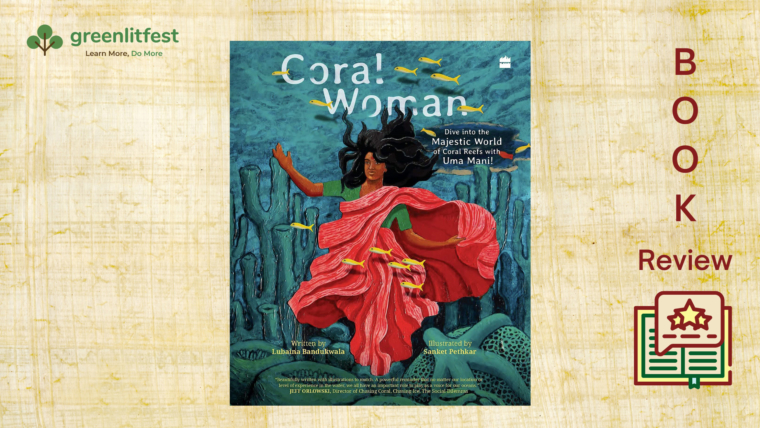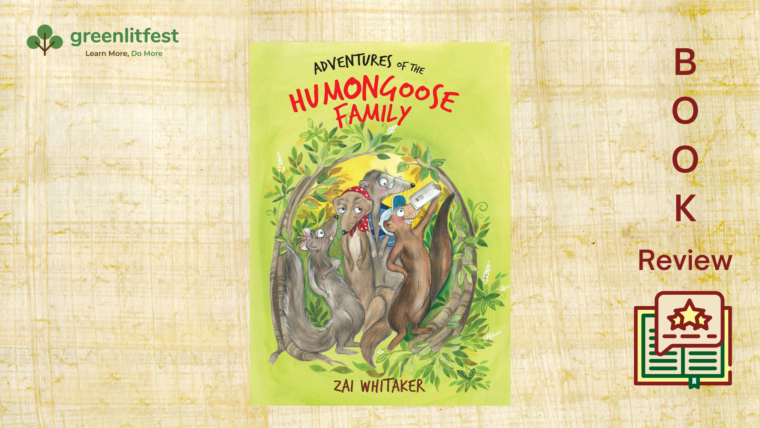How often do we stop to look at our natural environment? Notice the trees on our way to work, a kite gliding through the sky or a moth fluttering outside the window? An ode to natural life within the cityscape, The Living Museum brings alive the drama and mystery within our everyday surroundings.
Narrated by the quirky museum guide, The Hunter a.k.a the Jumping Spider, the book takes us on an informative tour of natural life teeming around us. Divided into eight sections, it begins with a trip in and around our homes, where we are introduced to our guide as well as creatures like the Leaf Roller a.k.a the Giant Redeye, the Meditative Predator a.k.a the Praying Mantis and the Puppeteer a.k.a the Mud-dauber Wasp. Although this naming convention may make it fun for readers to navigate the text and retain information, one wonders if it’s somewhat limiting and confusing to use such monikers for multi-faceted creatures, especially when the text often touches upon a variety of information about them.
From the home, the book moves outdoors, into gardens which are ecosystems of their own with busy hives of honey bees, moss growing in corners, and an Asian koel stealing a crow’s nest. Gradually, it proceeds to streets, where we are introduced to nature’s graffiti – lichen, black kites and pongam. Finally, we have a look at the forces that come alive at night: glow worms, fireflies, flying foxes, and owls! However, our tour doesn’t end here, as we are taken through the ever-changing climate of our natural environment and how co-existence is becoming even more relevant today. Towards the end of the book, you will find suggested citizen science platforms which children can join to learn more about nature, while contributing to its preservation. Thus, offering simple and actionable steps to encourage conservation.
Lucidly written by Anisha Jayadevan and Ishika Ramakrishna, The Living Museum encourages curiosity with a sense of wonder. The authors try to make the text as engaging and interactive as possible with playful notes like ‘Don’t be a nosy neighbour! Keep your distance and observe keenly…’ and fun facts. However, with so much information, the text can get slightly heavy, especially for younger children.
Bold and vibrant illustrations by Babakiki are a perfect visual aid to the content. They make the text easier to comprehend and prevent it from appearing text-bookish at times. My personal favourites are the images of the honey-bees and giant milkweed.
The Living Museum serves as an introductory guidebook about nature in an urban space for children. From spiders and crows to blue peas and peepal, it covers a variety of flora and fauna found in urban places. While it’s impossible to cover everything, one wonders why some seemingly obvious choices such as the cockroach, the house lizard, the gulmohar and the palash were left out, even though the book features different varieties of wasp, caterpillar, jumping spider and bees among others. Considering the ease with which these can be seen, they may have encouraged readers to explore more. Given the call to action at the end, the authors could also have considered turning this book into an illustrated field guide.
With its striking illustrations and chatty text, The Living Museum would make for a wonderful supplementary reader for Environmental Science classes in schools, making the subject more accessible and fun. One could also use it for a scavenger hunt, where children try to find as many of the flora and fauna mentioned in the book. So, pick up a copy and let the jumping spider take you through the natural wonders that surround you.
Sangeetha Menon a.k.a. ‘The Moody Marshmallow’ is a writer, editor and podcaster. She works in children’s publishing.



